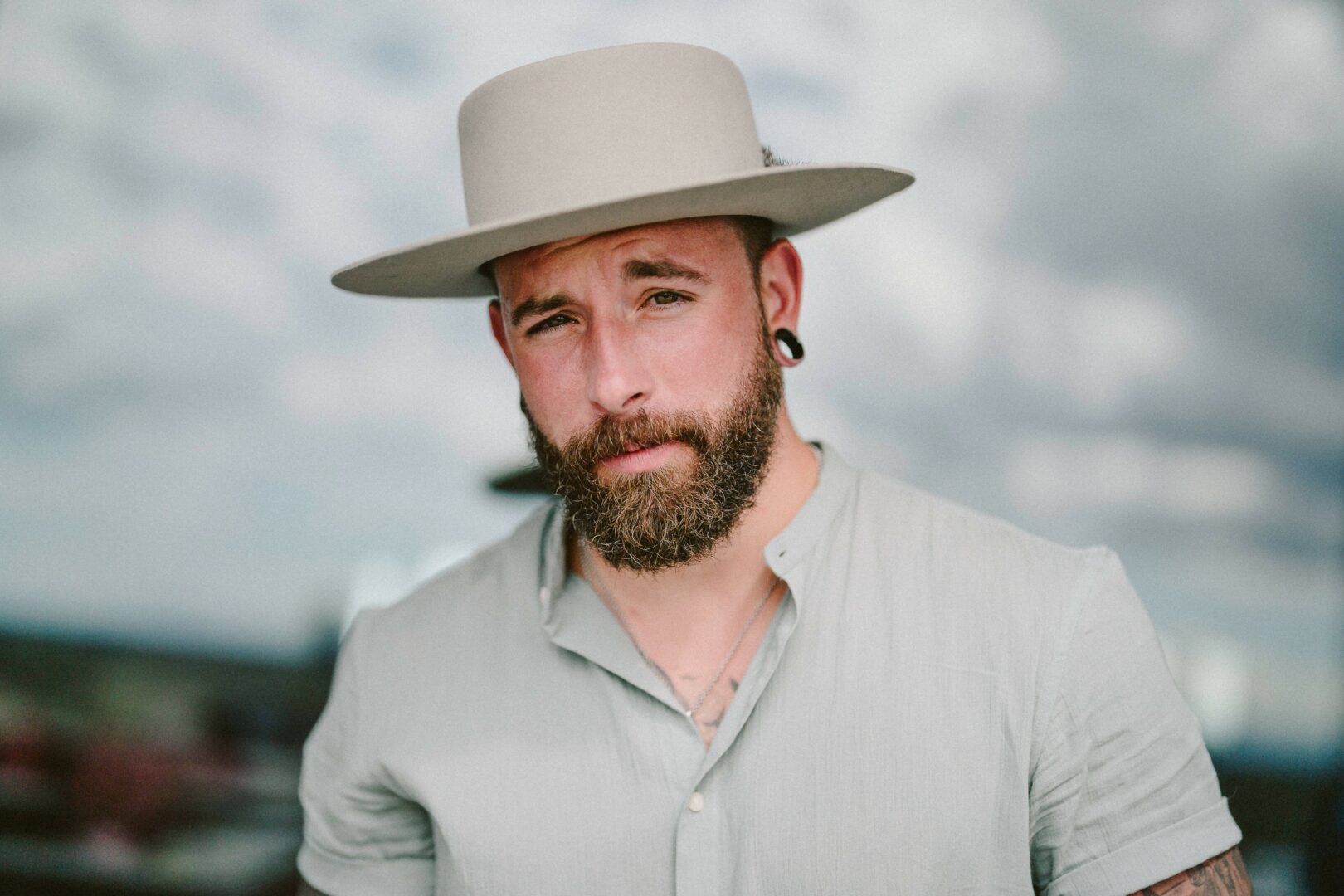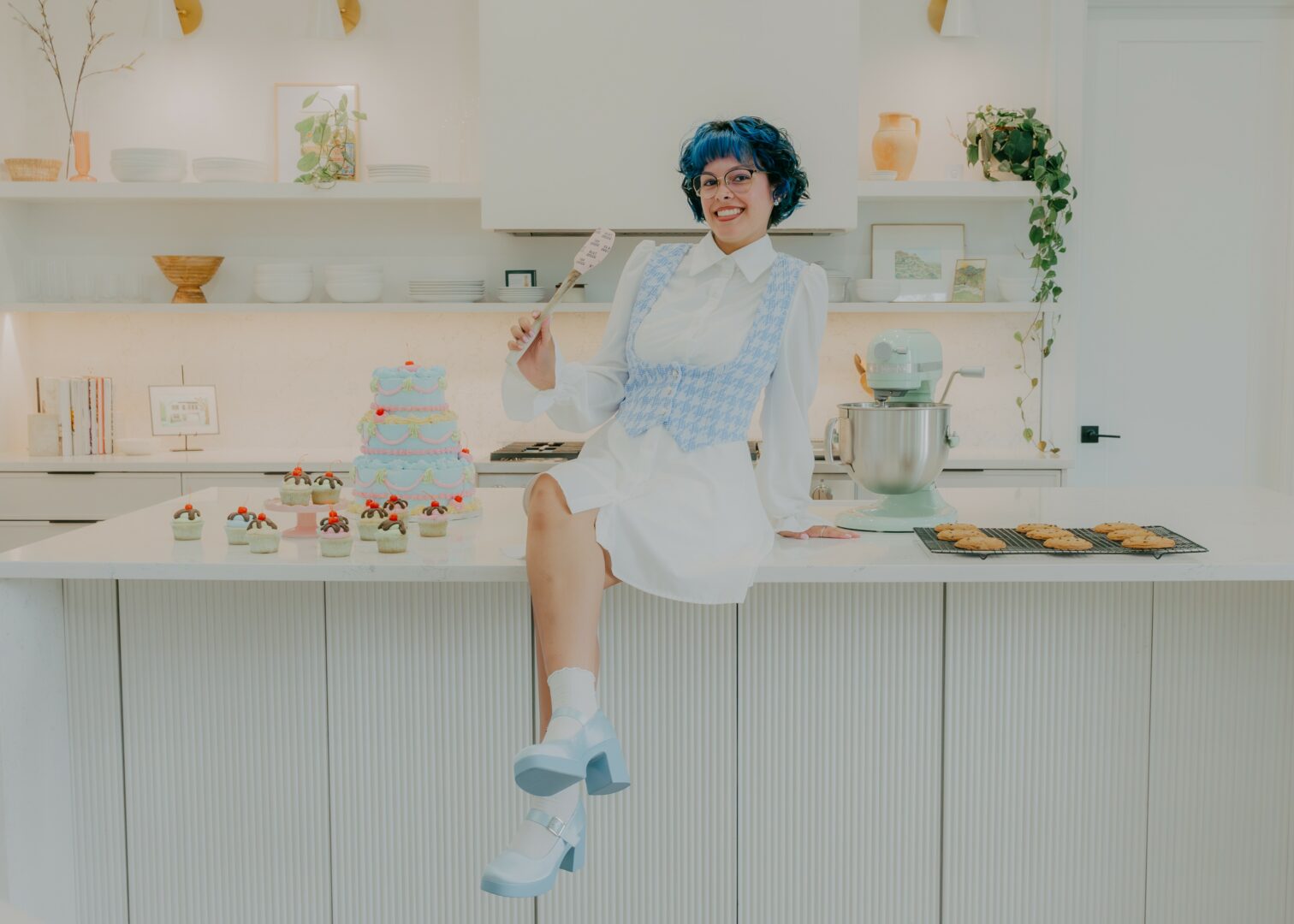We caught up with the brilliant and insightful Mike Rohde a few weeks ago and have shared our conversation below.
Mike, so good to have you with us today. We’ve got so much planned, so let’s jump right into it. We live in such a diverse world, and in many ways the world is getting better and more understanding but it’s far from perfect. There are so many times where folks find themselves in rooms or situations where they are the only ones that look like them – that might mean being the only woman of color in the room or the only person who grew up in a certain environment etc. Can you talk to us about how you’ve managed to thrive even in situations where you were the only one in the room?
Since I was young, I’ve found myself in unusual places where I was the one who was different from other people in the group.
In grade school, I was the one who could draw.
In high school, I was an artist working in a print shop.
In college, I was a printing student in the design class. Then, I became a design student in the printing classes.
In my first job, I was the designer who would just as easily hang out with press operators or fellow designers.
In each case, I was curious about what people different from me thought about and did and was interested enough to ask and learn from them. After investing in understanding their perspective, I could share my perspective.
Being unique or unusual is an opportunity to learn about and bring a new perspective to a new space.
Here’s an example:
For a time, I was a contractor working as the lone user experience designer on a highly technical team that produced software for a financial services company. The ratio was fifty developers, product owners, and business analysts to just one designer — me.
Creating user experience mockups for any design work developers would convert into code is standard. However, a 50:1 developer-to-designer ratio meant I was an instant bottleneck.
After spending time with the team and learning who they were, I began sketching concepts on whiteboards based on our discussions about interface ideas.
My technical whiteboard sketches were helpful enough that other teams in the group requested real-time sketches, too. Wherever we used whiteboard sketches, our team made better decisions and saved developers a lot of wasted coding time.
I approached the product leaders about making “wireframe sketches” available to all teams that created interfaces for our app, which led to “wireframe Mondays” on our giant, 8×20-foot room-sized whiteboard wall.
I would listen and sketch what our team said, adding notes to the drawing and taking a photo posted in a shared folder the whole team could access.
I would create a mockup if I had time to start the design idea first. If a developer had time, they would develop the idea based on the sketch and call me over to their desks for review, tweaks, and approval. It worked great!
These sessions, which involved visualizing interface ideas, became legendary on our team. Best of all, I avoided becoming a bottleneck while helping the team improve productivity.
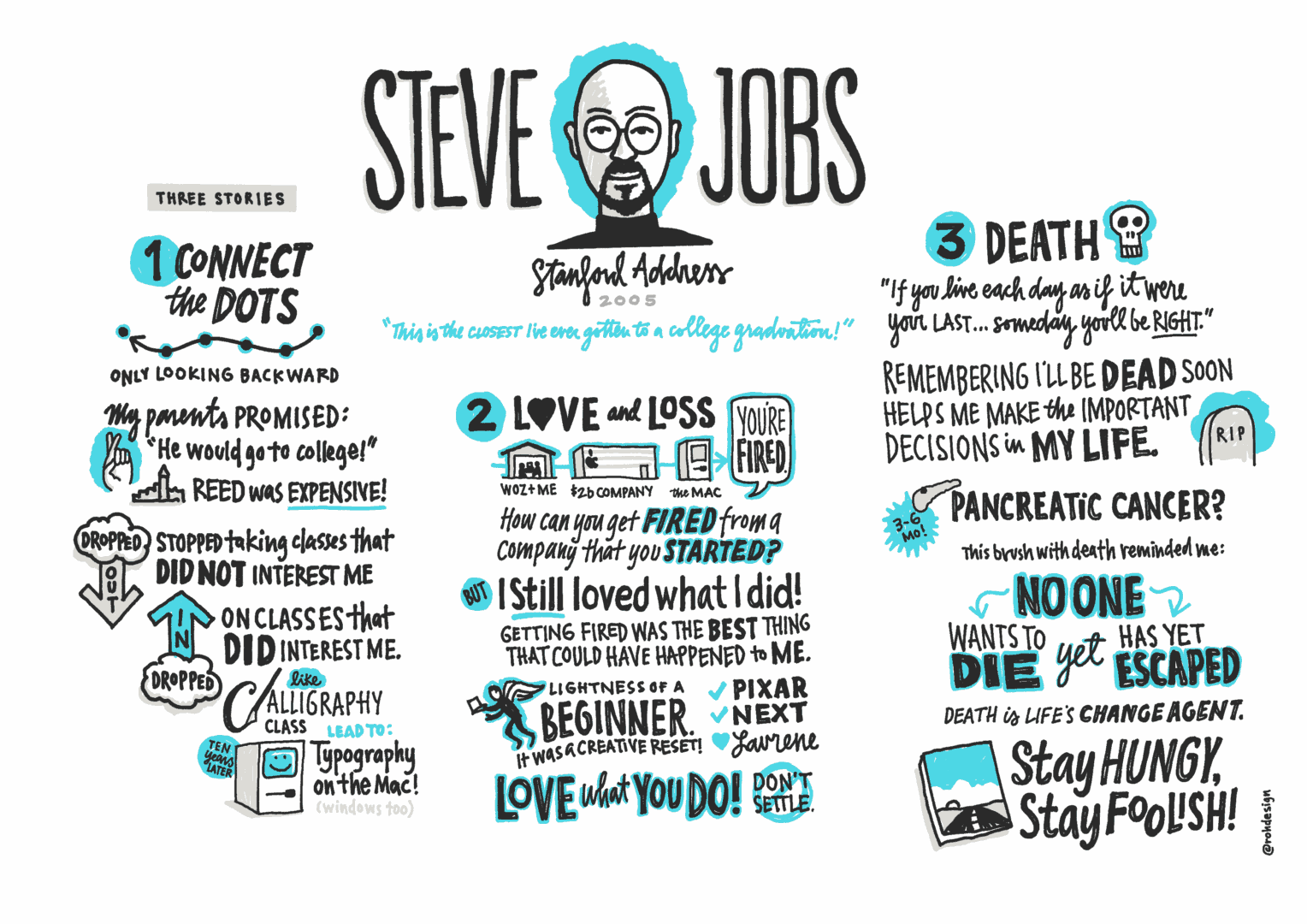
Great, so let’s take a few minutes and cover your story. What should folks know about you and what you do?
I’m a designer, teacher, and illustrator passionate about visualizing ideas and teaching people how to think visually and be more creative.
As a designer, my goal is to create easy to use software experiences, and services using a human-centered approach and a collaborative attitude. I seek to understand what people need so I can create things that are useful and delightful for them.
As an author and teacher, I’ve written two bestselling books on sketchnoting: The Sketchnote Handbook and The Sketchnote Workbook.
https://rohdesign.com/handbook
https://rohdesign.com/workbook
I lead online and in-person workshops where students learn sketchnoting techniques and build their creative confidence. I love seeing students excelling in their visual thinking.
https://rohdesign.com/workshops
I help authors communicate ideas visually in their books. I’ve been fortunate to illustrate books such as REWORK and REMOTE, The $100 Startup, and The Little Book of Talent.
https://basecamp.com/books/rework
I’m the founder of SketchnoteArmy.com a showcase for visual thinkers and their work. I host the Sketchnote Army Podcast, an interview show with fascinating visual thinkers.
https://sketchnotearmy.com
I’m developing a cohort-based course called Everyday Sketchnotes, where I will teach regular people how to integrate sketchnotes and visual thinking into their everyday lives.
https://rohdesign.com/everyday
There is a need for the practical application of visual thinking, and my experience integrating visuals into my everyday life gives me a unique perspective I’m excited to share.
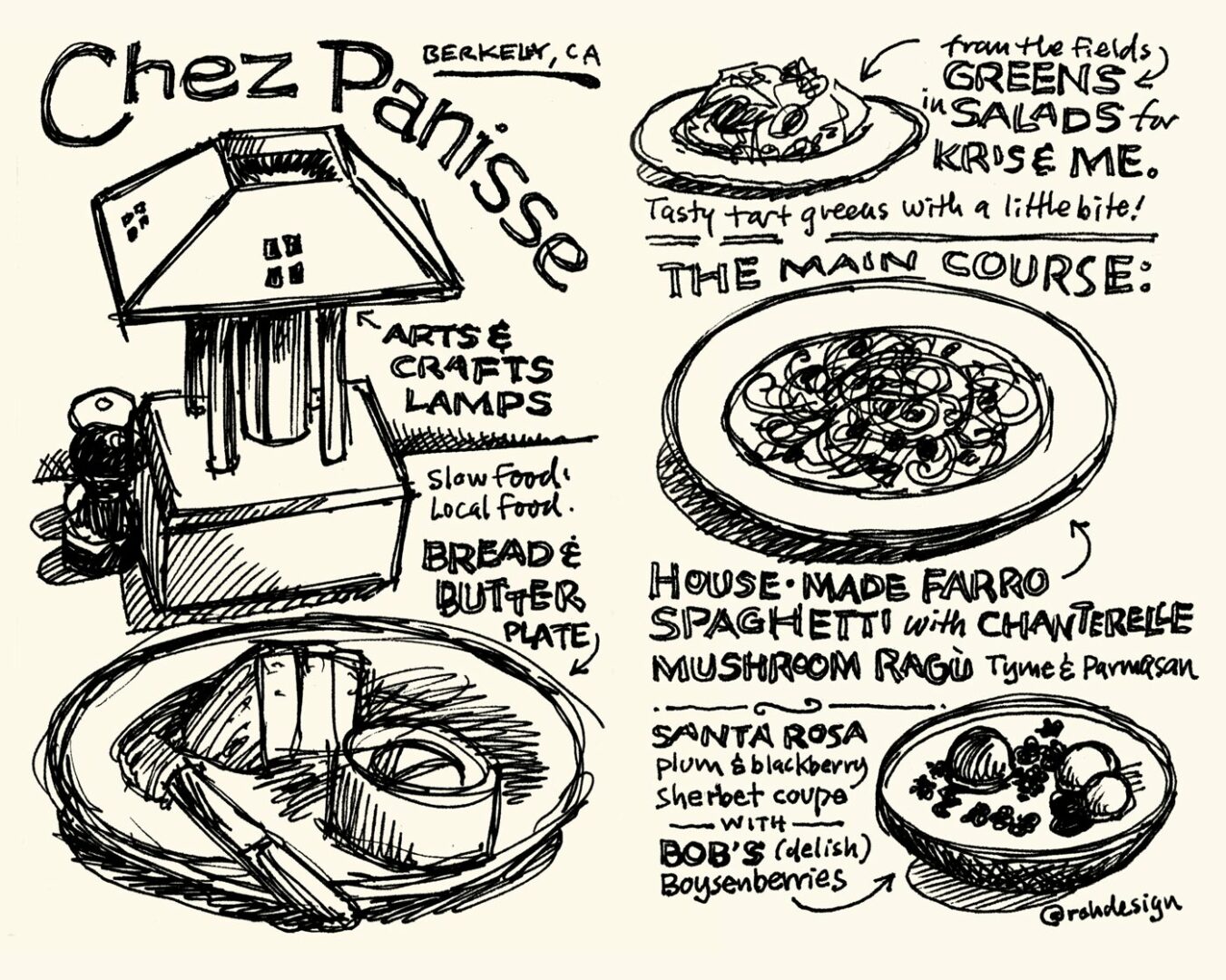
If you had to pick three qualities that are most important to develop, which three would you say matter most?
The three qualities most important in my journey have been:
1. Curiosity
2. Adaptability
3. Making Friends
1. Curiosity
Being curious drove all of my jumps in development.
Curiosity led me to explore user experience design, which focused less on how things looked and more on how software users experienced or interacted with a design. Where are those people getting stuck, and how can I adapt my design to free them?
Being curious also led to sketchnoting. I was interested in exploring the idea of notes with writing and drawing, which opened the door for creating the sketchnoting method.
The one thread through my career has been curiosity driving where I went, and it seems to be an inexhaustible resource. I think it’s also worth paying attention to in your early career.
2. Adaptability
Across my career, adaptability has been vital to being current. When faced with a challenge, adapting to the situation has helped me think around problems rather than staying stuck.
One practical way I’ve done this has been to reverse my initial reaction to a challenge. Instead of asking what I can’t do, I look at the resources or opportunities I do have available. I ask myself what I can do with what I do have, and the answer often lies there.
If you’re faced with a challenge, look at your options and explore them. You might be surprised at solutions hiding in plain sight.
3. Making Friends
The adage “make friends before you need them” is true wisdom. Throughout my career, I have invested time in meeting people and sometimes offered to help them when there was no immediate benefit to me.
Giving first and making friends before I needed help has been critical to having a broad group of advisors and helpers. Being the host of an interview podcast reminds me of this approach—I now have made friends with over 160 people I can reach out to for help.
To reinforce my connections, I share resources or ping my friends to maintain our relationship. When I see an article, I share it. I’ll reach out to have coffee or lunch. I leave a comment on their posts. It’s not complex, but it does take some effort.
Make friends before you need them, and remember your friends throughout your career. It works!
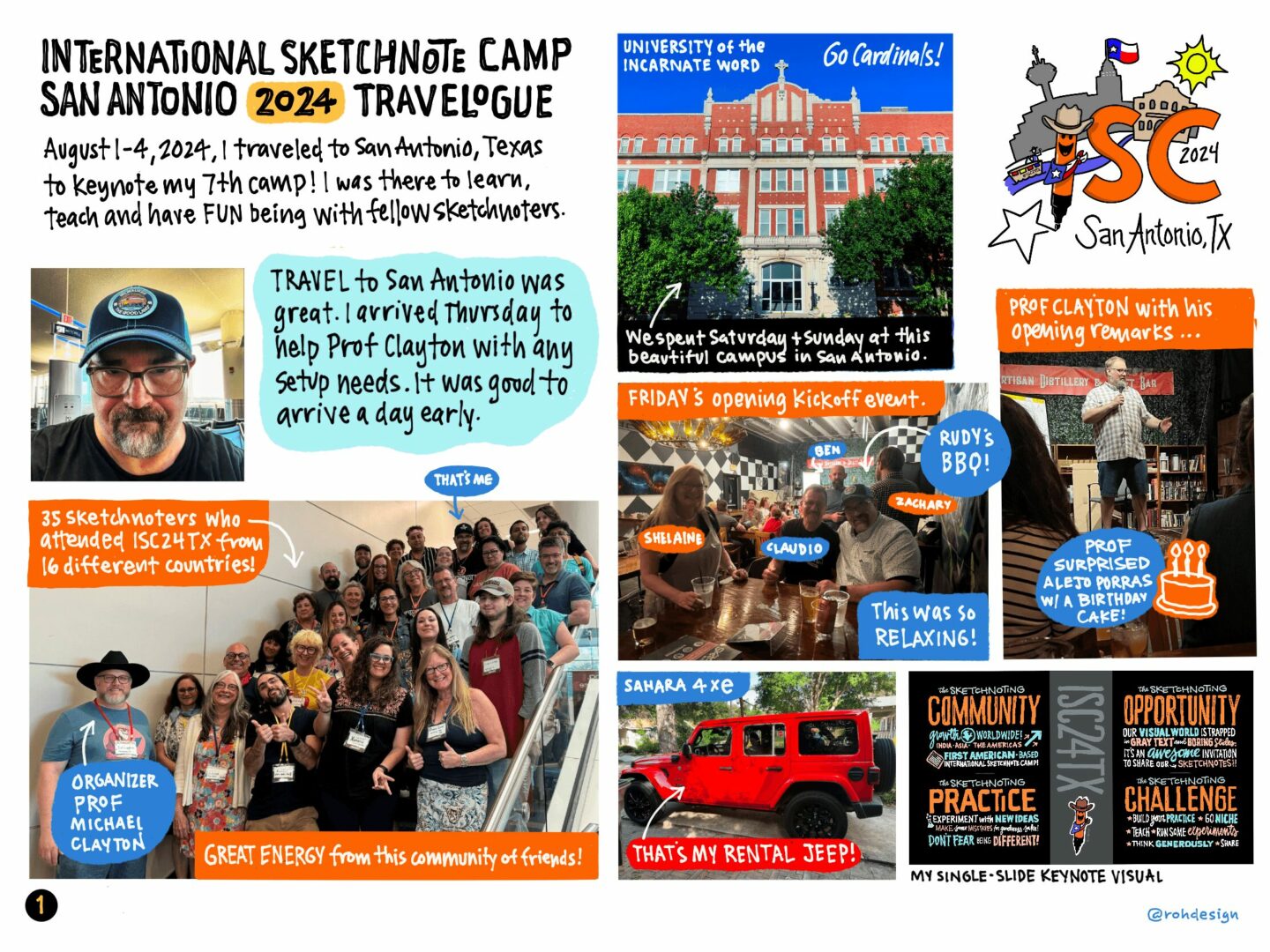
To close, maybe we can chat about your parents and what they did that was particularly impactful for you?
My parents were always on my case about following through and finishing well. It was not enough to start or make progress; it was also essential to finish the job. To stick with it.
My dad and I worked on old cars that constantly needed attention. With more significant, complex projects, my dad taught me to focus on making slow, steady progress and completing the repair. It is not good to get 90% done if the repair is unfinished!
His example reminds me that steady progress and finishing the work are critical for every project I take on.
Contact Info:
- Website: https://rohdesign.com
- Instagram: https://www.instagram.com/rohdesign/
- Linkedin: https://www.linkedin.com/in/mikerohde/
- Youtube: https://www.youtube.com/channel/UCe1elri6WQzEOc7tD18EZOg


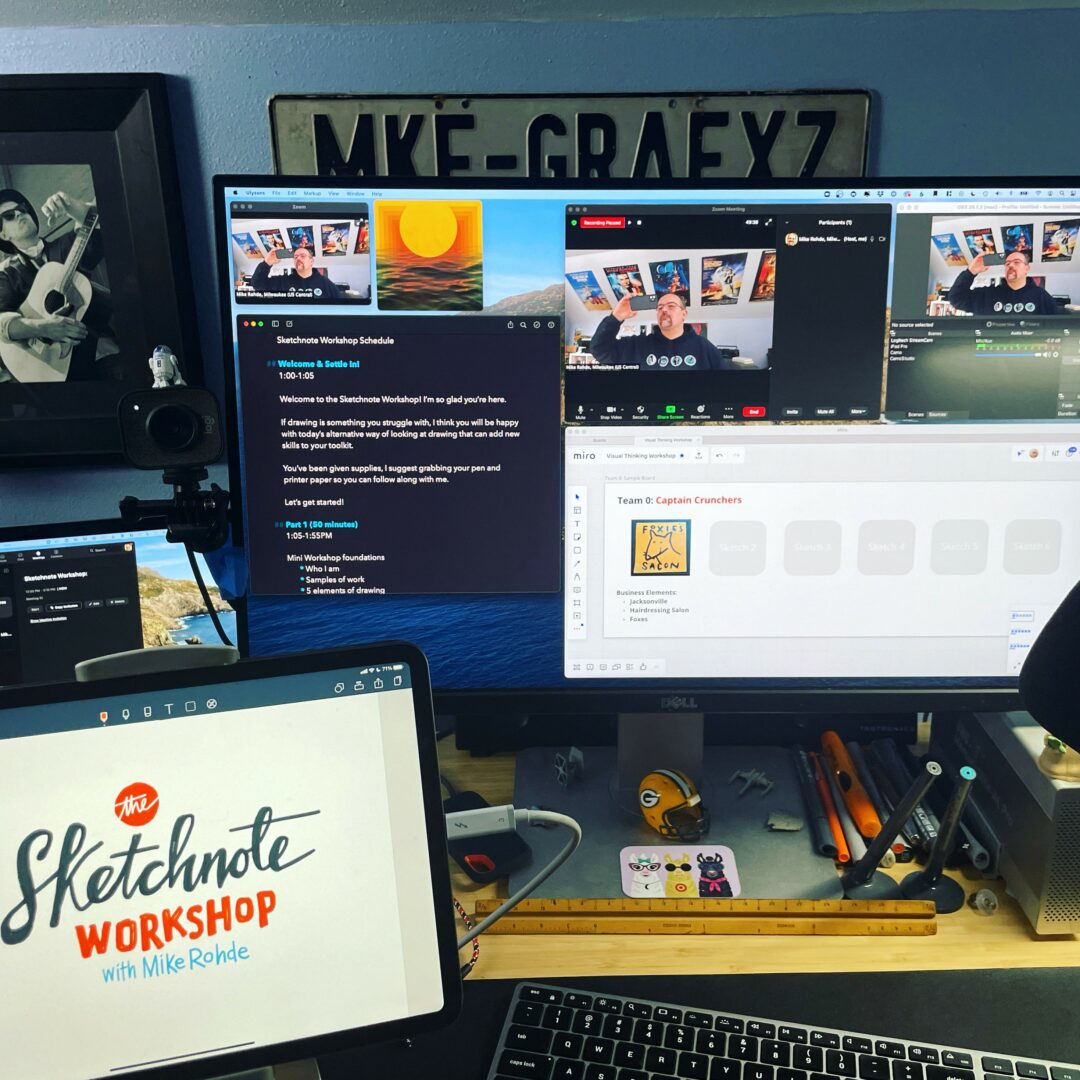
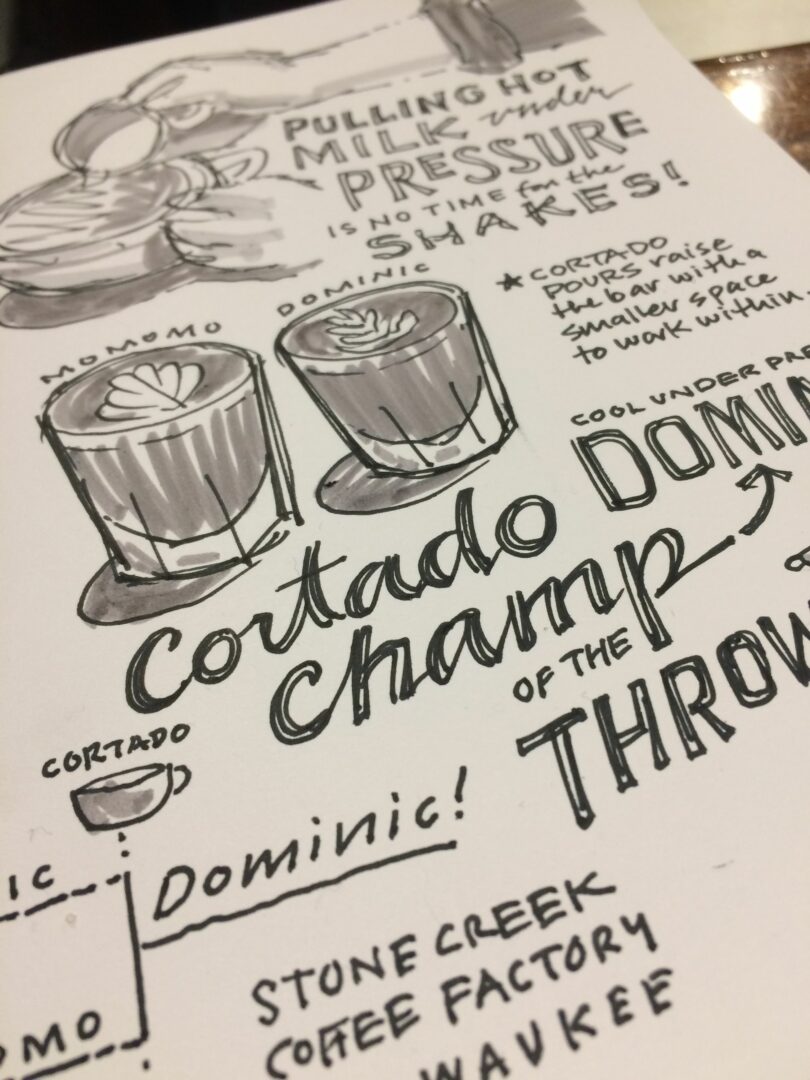
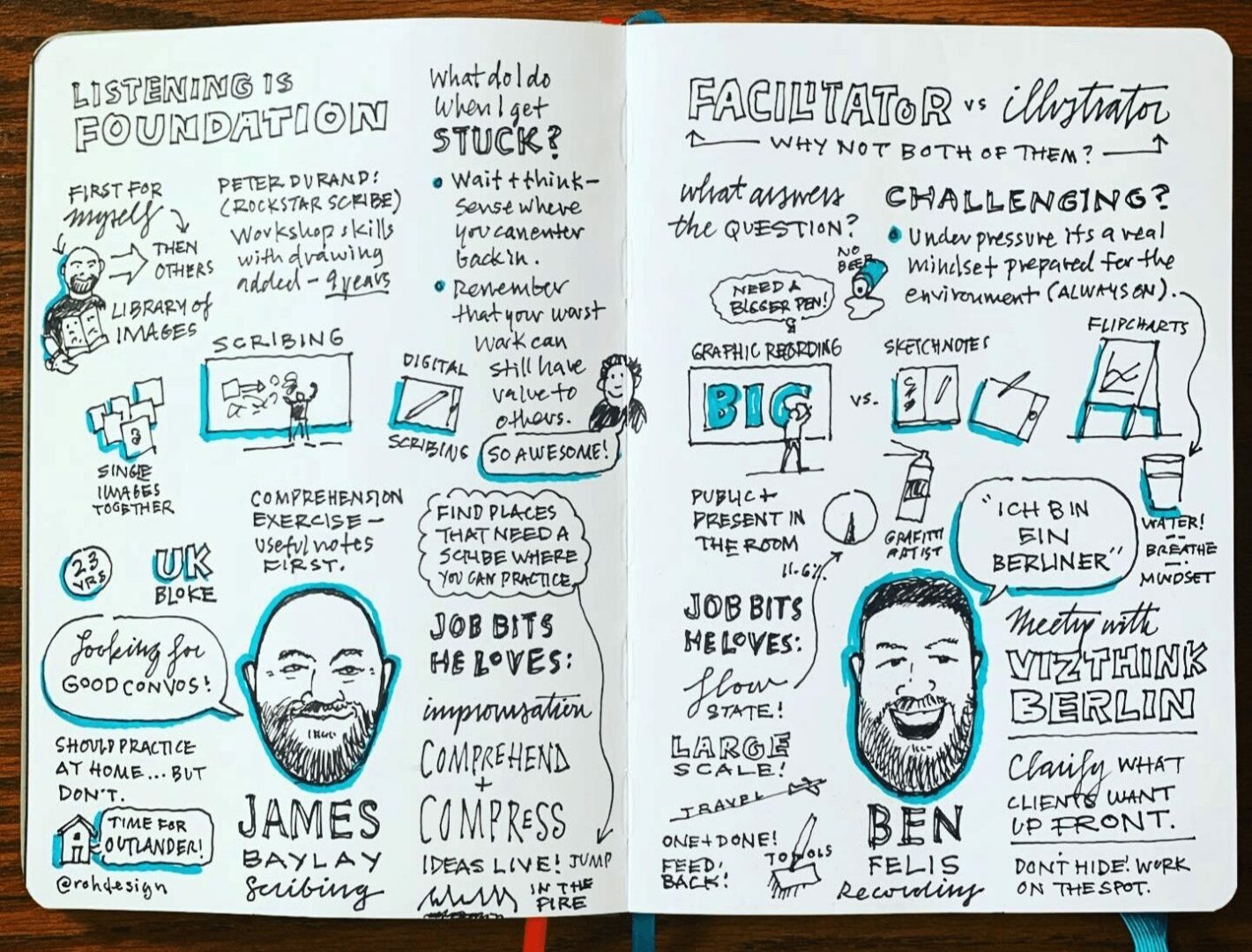

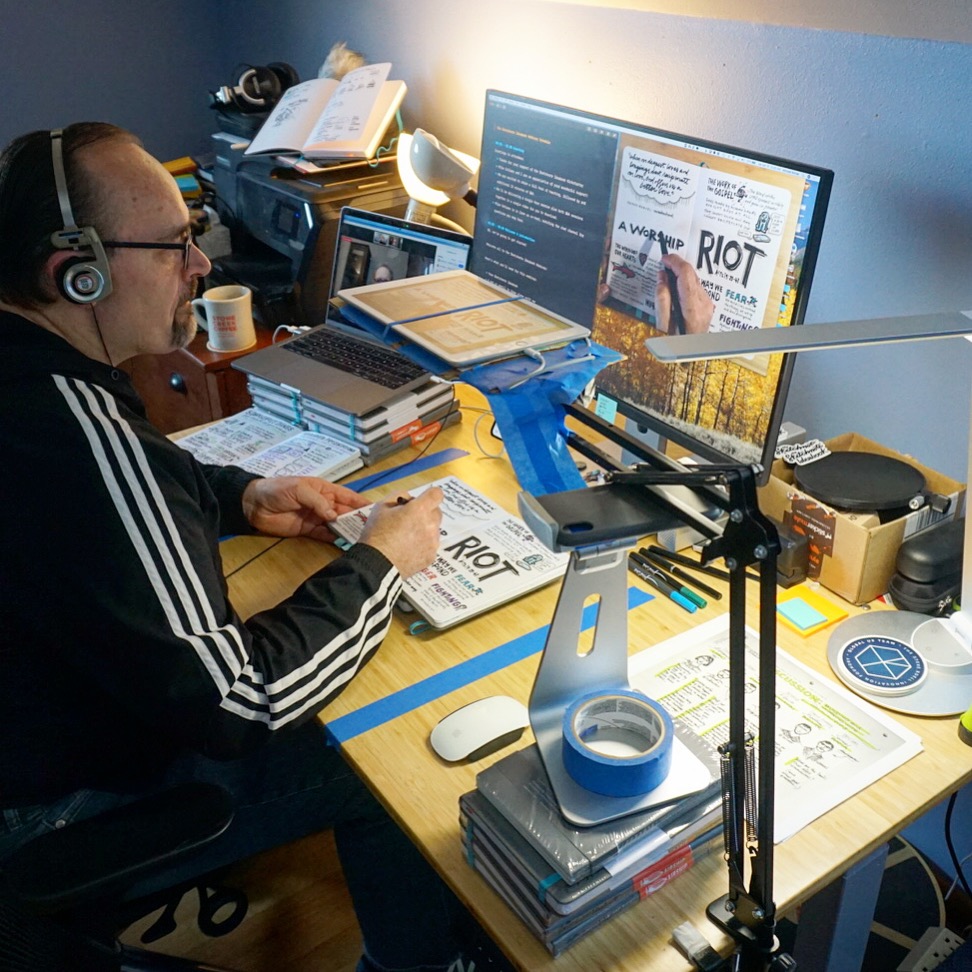
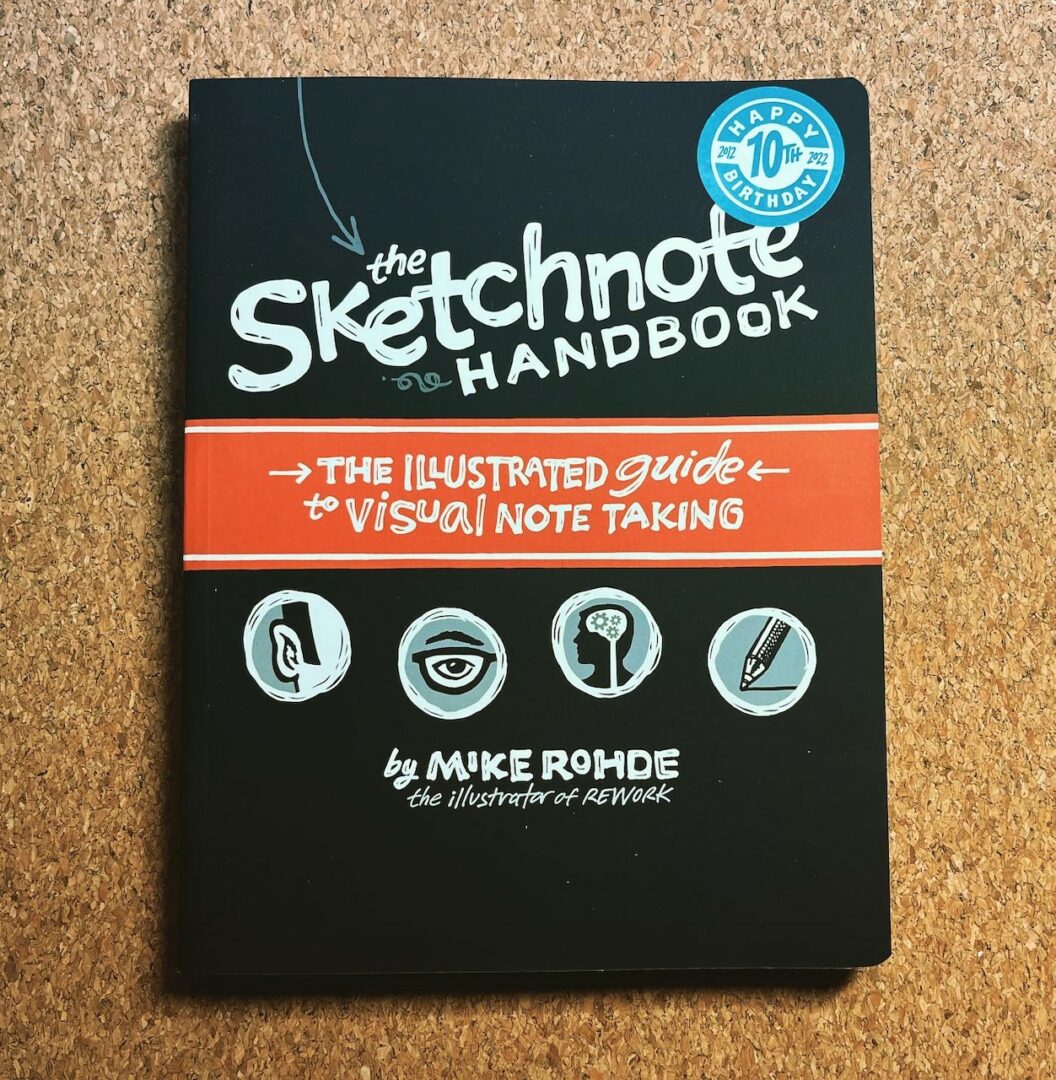
Image Credits
Photos by Mike Rohde



